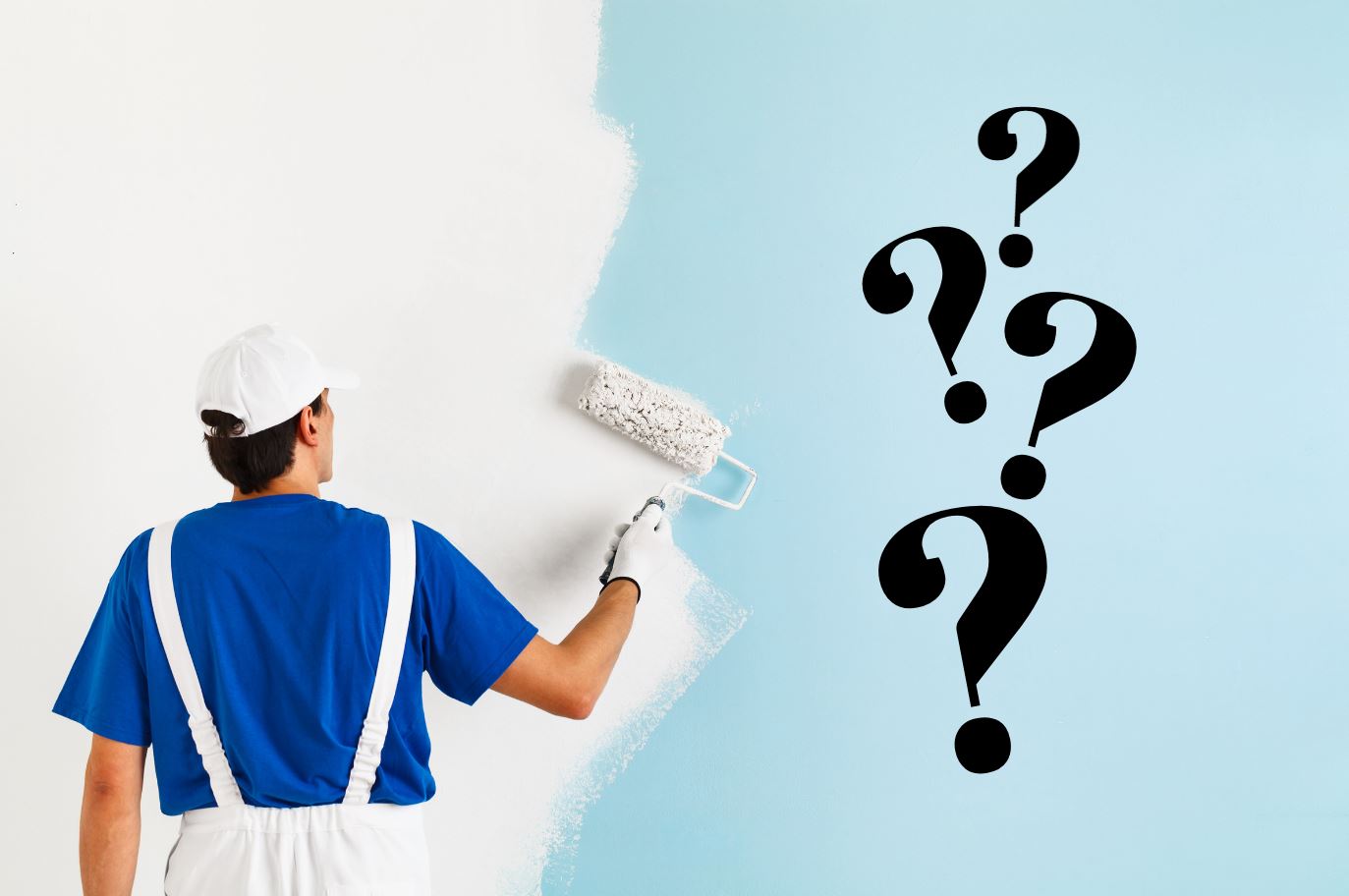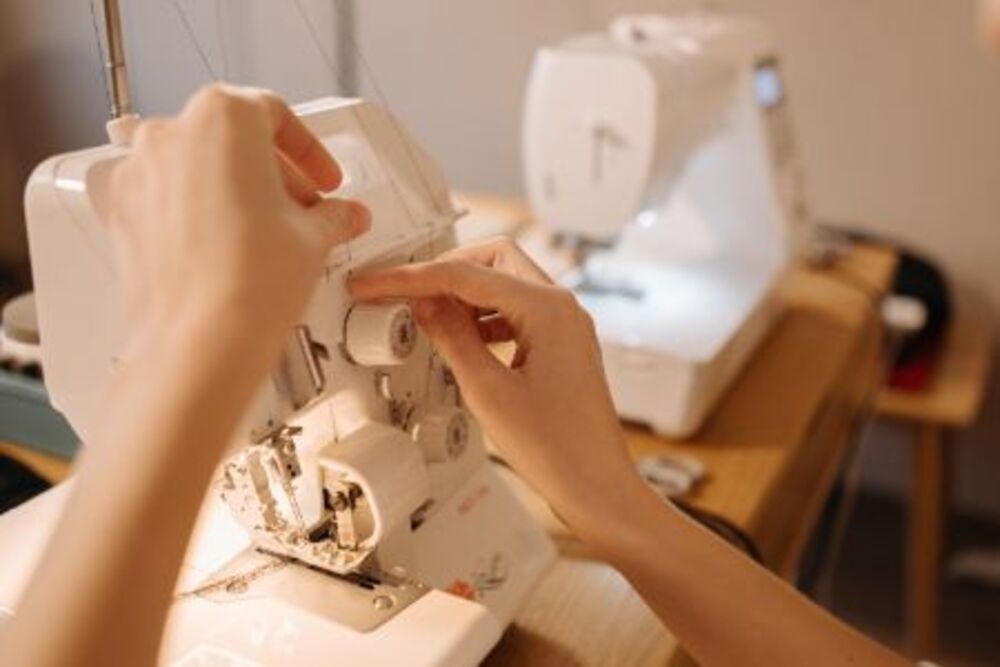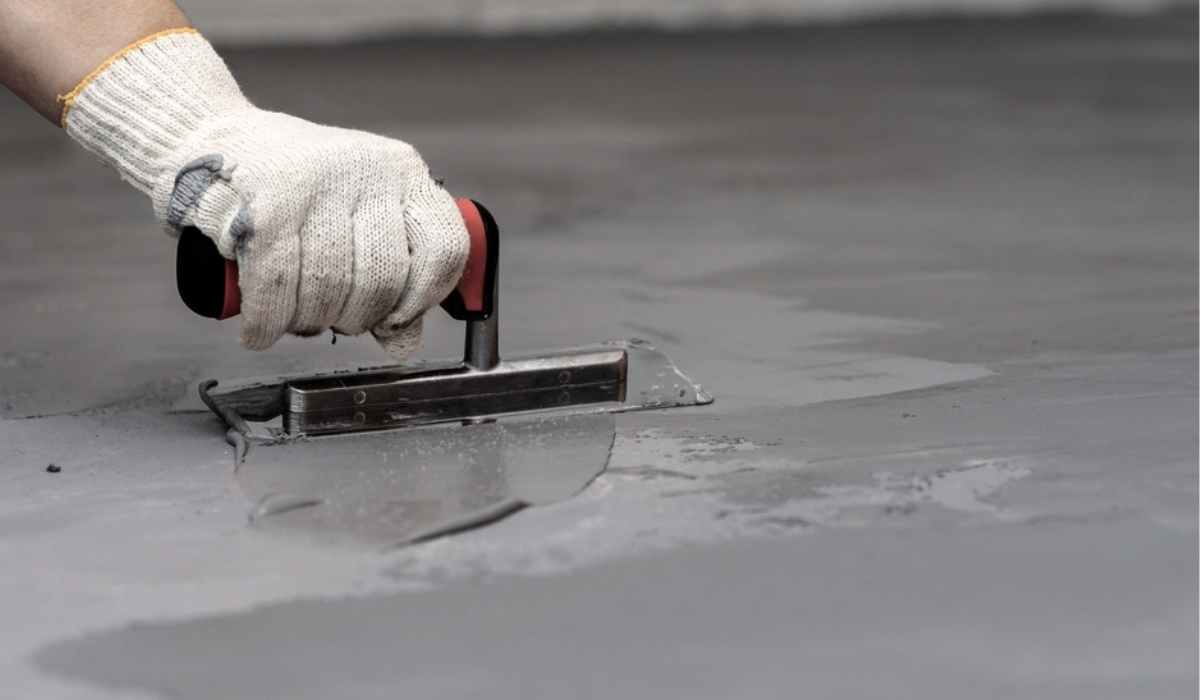
How to Prepare Surfaces Before Painting
Paint that even the highest-rated house painters Adelaide contractors recommend can look unprofessional when applied to dirty or damaged surfaces, so quality painting contractors always follow an intensive surface prep strategy prior to application of any of their work.
Painting contractors typically perform several steps before painting metal surfaces. First they remove rust and debris before lightly sanding to promote adhesion. Furthermore, they will repair cracks or holes so the paint adheres properly to ensure adhesion is ensured.
Clean the Surface
An effective paint job depends on its surface being clean. Even the highest-rated and most costly paint will appear dull against a dirty canvas, so it is crucial that time be dedicated to cleaning before beginning painting. Know more about painter Adelaide.
Before painting any surface, be sure to remove all hardware such as outlet covers, wall heating vents and light fixtures. Scrub the area using a scrub brush or sponge and detergent solution and rinse well to ensure all mildew, flaking or oil residue has been eliminated. Sand the area to smooth its finish if more than 25% of existing coating has become loose – otherwise chemical stripping with heat could help completely strip away old coating back down to substrate level.
Abrasive blasting techniques can be utilized to prepare materials for painting or adhesive application by clearing away rust, scale, welding residues and oils that cling to surfaces – providing a clean, dry surface for painting or sticking purposes.
Sand the Surface
Before painting over glossy finishes or surfaces prone to moisture, it is a good practice to lightly sand any rough patches using medium-grit sandpaper to dull the surface before wiping down with damp cloth to remove dust – this process, known as deglossing, ensures that new coat of paint adheres well with existing layers.
Sanding is especially crucial when working on surfaces prone to moisture, such as drywall and humid areas. Primer helps prevent bleeding-through by creating a barrier against bleed-through while sealing and blocking any stains on the substrate, aiding its adhesion of top coat.
Shot blasting or blast cleaning is an intensive sanding technique used on metal surfaces to clean them thoroughly and ensure proper adhesion of coats of paint. This level of preparation removes mill scale, rust, poorly adhering paint coatings and foreign matter that otherwise clings onto steel for an attractive metallic appearance.
Prime the Surface
Paint won’t adhere to surfaces that haven’t been prepared correctly; even the highest-grade and most expensive paint will fail on an unclean, damaged or porous surface. Most failures stem from skipping preparation steps like priming and cleaning before painting begins.
New surfaces should always be primed before painting begins, especially absorbent materials like drywall and wood that absorb paint like sponges. A good primer will seal the surface, protecting against further absorption by subsequent coats of paint which could otherwise cause peeling, bubbling or cracking of their next application.
Prime is also important if switching from dark to light colors, since darker hues can show through lighter, less saturated paints and make them look dull and lifeless. You may be able to skip this step altogether by using self-priming paint, which contains an added layer of primer for better coverage and durability – you’ll find these at many home improvement stores.
Apply the Paint
Top contractors know this, which is why they devote as much time and energy to preparation as painting.
Exterior surfaces must first be prepared by being thoroughly scrubbed down, sanded and primed to promote adhesion prior to being painted. On the interior side, outlets, wall heating vents and light fixtures should also be covered up or removed as necessary; soft furnishings such as carpets and rugs should be moved or covered up and windows opened or closed as appropriate and any cracks filled in with caulking as necessary.
Shiny surfaces can be difficult to paint on, since paint needs plenty of crevices in which it can adhere. Sandpaper may help dull down the shine or apply high-adhesion primer; most paint retailers can tint these primers to match the final paint color and reduce the number of coats necessary for adequate coverage.


